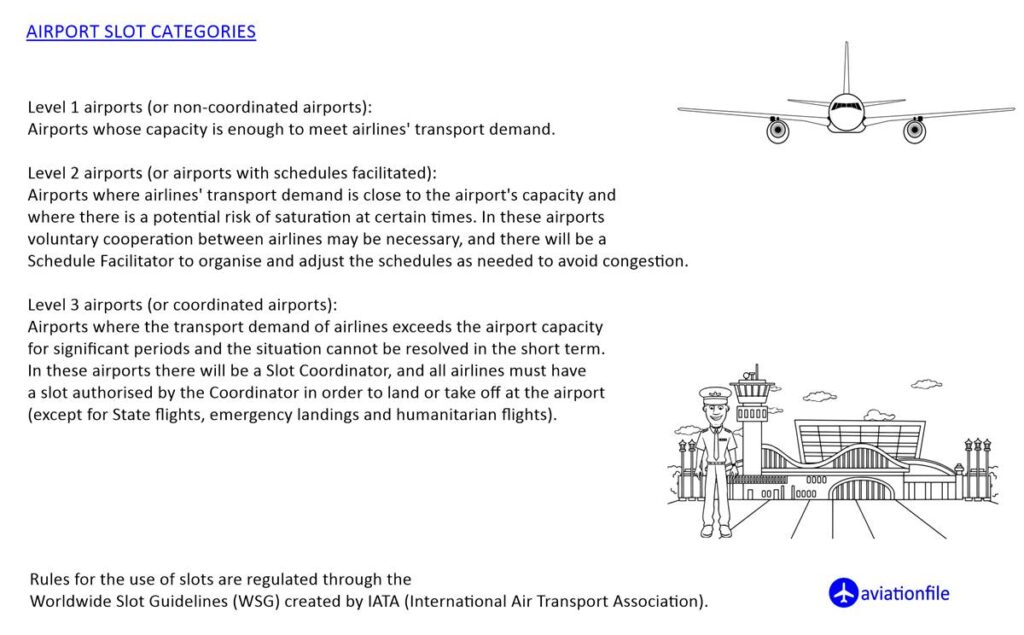What is a Ghost Flight?
A “ghost flight” refers to a commercial airline flight that operates with very few or no passengers. Despite the lack of travelers, airlines continue to fly these planes for various operational and regulatory reasons. Ghost flights may seem wasteful, but they play a role in the logistics of air travel.
Why Do Companies Fly Ghost Flights?
Airlines fly ghost flights mainly to maintain their allocated slots at busy airports. Major airports often operate under strict “use it or lose it” slot rules. If airlines fail to use their slots regularly, they risk losing them to competitors. To prevent this, airlines may fly empty or near-empty planes.
Another reason is aircraft repositioning. Sometimes, airlines need to move planes between airports to ensure they are in the right place for future flights. Even if no passengers are booked, these repositioning flights are necessary for the airline’s schedule.

When and Why Do Ghost Flights Happen?
Ghost flights mostly occur due to logistical needs, not customer demand. For instance, a plane might be flown empty to another location where it’s needed for a fully-booked flight. During crises like the COVID-19 pandemic, ghost flights became more common as passenger demand plummeted but airlines needed to maintain their slots.
Benefits of Ghost Flights
- Slot Retention: Airlines can keep their valuable time slots at major airports by operating ghost flights. This ensures they have access to critical routes once passenger demand returns.
- Operational Efficiency: Repositioning flights help airlines maintain an efficient schedule, ensuring aircraft are in the right location for their next flight.
- Flexibility: Ghost flights allow airlines to adapt quickly to changing demand without sacrificing future capacity.
Harms of Ghost Flights
- Environmental Impact: Ghost flights contribute to unnecessary carbon emissions, which harm the environment. Flying empty planes wastes fuel, adding to climate change concerns.
- Financial Losses: Operating a flight without passengers results in significant financial losses for airlines, as the cost of fuel, crew, and maintenance isn’t offset by ticket sales.
- Public Perception: As awareness of environmental issues grows, ghost flights can negatively impact an airline’s reputation. People may view these flights as wasteful and unsustainable.
Reducing Ghost Flights
During the COVID-19 pandemic, aviation authorities temporarily relaxed slot-use rules, allowing airlines to keep their slots without having to fly empty planes. This reduced the number of ghost flights significantly. Moving forward, further changes to slot retention policies and better flight scheduling may help reduce ghost flights and their environmental impact.
Conclusion
Ghost flights, while often necessary for operational reasons, have significant downsides—especially when it comes to the environment. Airlines fly these flights to retain slots and reposition aircraft, but they also face financial and public relations challenges. The aviation industry is working on solutions to reduce the need for ghost flights, benefiting both the planet and the airlines.


